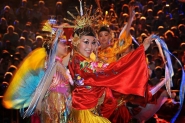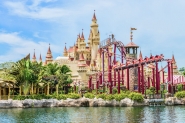- Photo Credit: transglobeedu.com
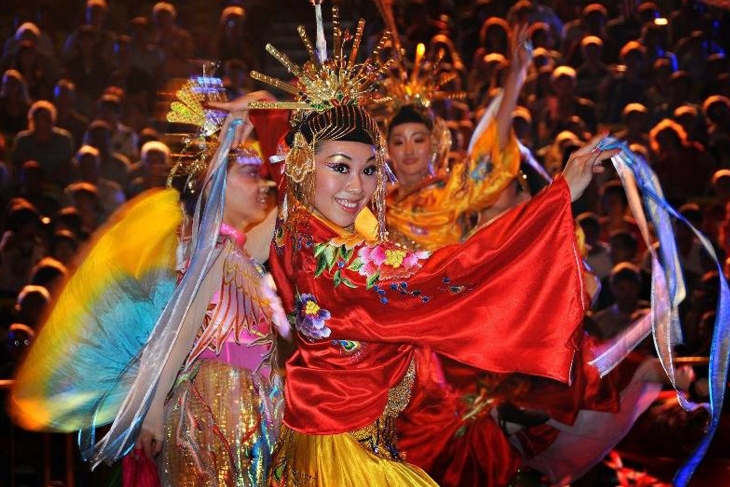 Photo Credit: hallo.tl
Photo Credit: hallo.tl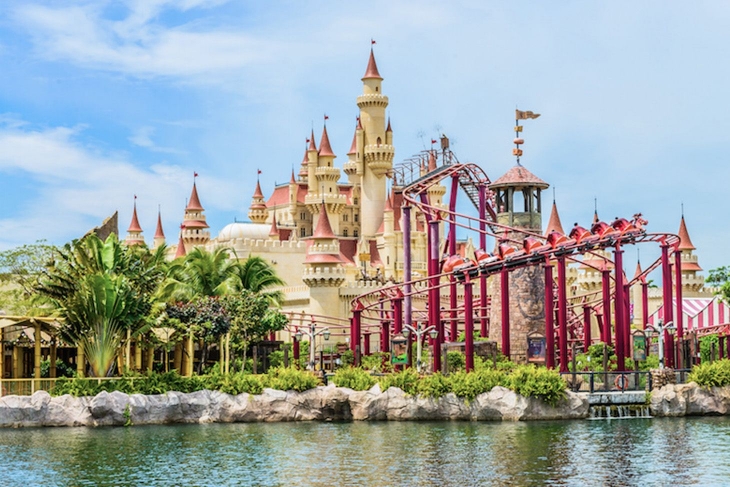 Photo Credit: touropia.com
Photo Credit: touropia.com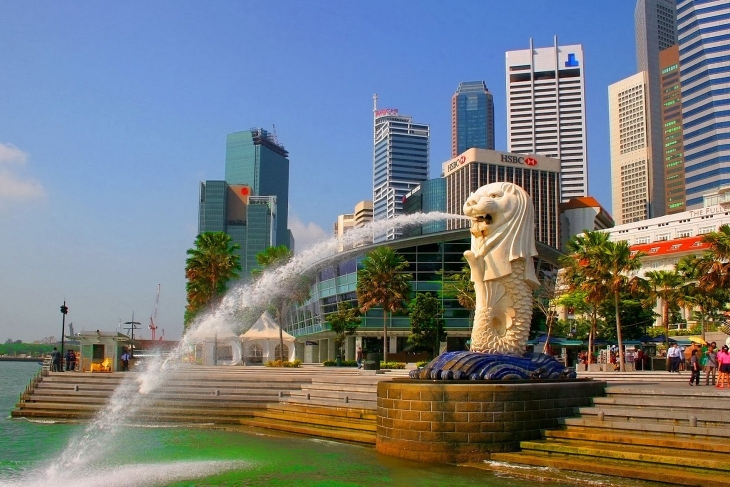 Photo Credit: viator.com
Photo Credit: viator.com
Singapore was founded in 1819 as a British trading colony. It became an independent sovereign state from the Malaysian Federation in 1965.
Located in Southeast Asia, the country is now a global prosperous financial hub and is described as one of the continent’s economic ‘tigers’. Its trading port is one of the busiest in the world in terms of tonnage handled.
As a city-state, Singapore is both the country and its capital. The country consists of 63 islands, Pulau Ujong being the main and most populous with over 5 million people.
Singapore is a multi-ethnic society where Chinese, Malay and Indian traditions co-exist beneath the surface of a western cosmopolitan city. Chinese account for about 76% of the population, Malays 14%, Indian 7.9% and other 1.4% are Eurasians.
It has a colourful mix of four languages recognised by the Singapore Government: English (the most widely spoken language), Mandarin, Malay and Tamil. Even though the national language remains Malay, English is used for business.
The state is home to ten major religions including Buddhism, Taoism, Islam, Hinduism, and Christianity.
Despite Singapore’s small geographical size, the country has numerous astounding attractions. It is famous for its fashion emporiums, dozens of parks, architectural legacy and cultural sites.
Its museums have more than 7,000 drawings, prints, paintings, sculptures and photographs, some of which tell the story of Singapore’s first settlers.
Singapore is the only capital in the world that contains a patch of primary rainforest within its borders.
Some of its main attractions are Singapore Botanic Gardens, Chinatown Heritage Centre, the Singapore Flyer, Haji Lane, Geylang, and the National Museum of Singapore.
Globally, Singapore is a leader in several economic sectors. It is the 3rd-largest foreign exchange centre, 3rd leading financial centre, 2nd-largest casino gambling market, 3rd-largest oil-refining and trading centre, world’s largest oil-rig producer, and a major hub for ship repair services as well as the world’s top logistics hub.
The economy depends heavily on exports of consumer electronics, information technology products, medical and optical devices, pharmaceuticals, and on its vibrant transportation, business, and financial services sectors.
In 2006, Singapore produced about 10% of the world’s foundry wafer output.
Singapore’s largest companies are in the telecoms, banking, transportation and manufacturing sectors. These include Singapore Telecommunications (Singtel), Keppel, Oversea-Chinese Banking Corporation (OCBC), Development Bank of Singapore (DBS) and the United Overseas Bank (UOB), just to mention a few.
According to the Bloomberg surveys, in the 2011 global financial crisis, OCBC, DBS and UOB were ranked as the world’s 1st, 5th and 6th “strongest banks in the world” respectively.
The World Factbook states that the Singapore government is attempting to restructure Singapore’s economy by weaning its dependence on foreign labour, addressing weak productivity, and increasing Singaporean wages.





















